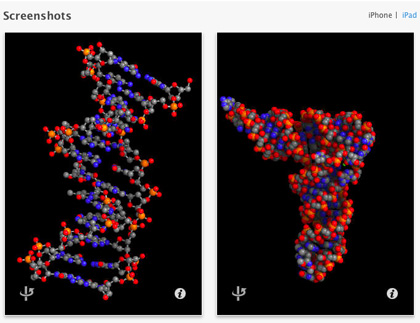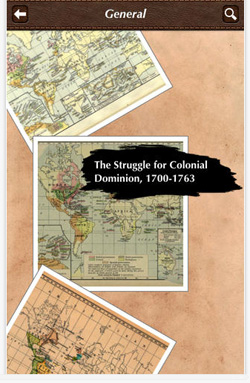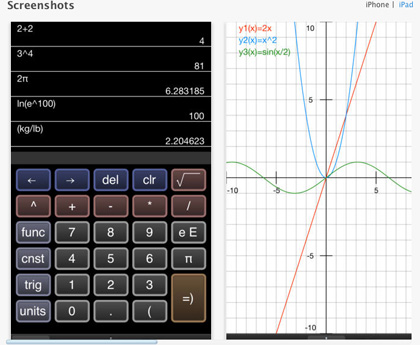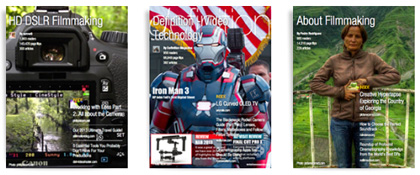Just like many of you, I am also “playing” and experimenting with different technologies and web tools in my classroom. I have a vested interest in e-readers and how to use them effectively in the classroom to promote student reading, comprehension, and learning. In addition, I am searching for different iPad applications that will support my instruction and my students’ learning in the secondary grades. As I continue to use and research mobile learning in K-20 learning environments, the “pebbles in my shoe” are represented in the following two questions:
- How often do educators use mobile learning and for what purposes?
- How can technology help bridge the divide between what is taught in the classroom and what happens in the “real world”?
In my journey to answer these questions, I have come across a plethora of iPad applications (apps) for teaching and learning across multiple grade levels and topics. In this blog post, I share four free iPad apps that show considerable promise for content area teachers in grades 6-12 and I pair each app with at least one example of how secondary students are using them to deepen their understanding of real world concepts.
- Molecules is an interactive application that allows students in science classes to see a three-dimensional image of molecules and manipulate them using their fingers. Students might use this app to identify different elements of molecules, examine molecules from different perspectives, or compare molecules.

- History: Maps of World includes interactive digitized maps from 1800s and 1900s students can use in history and English language arts classes. This app illustrates geopolitical and geographic shifts over time. In a middle school history class, students can use this app to examine a map about the spread of colonization from 1600s-1700s. In a high school language arts class, a map about colonial America can illuminate students’ understanding of the geopolitical influences on colonial and revolutionary literature.

- Graphing Calculator is a graphing and scientific calculator for math and science classes. This app is especially useful for graphic equations and data, and visualizing functions.

- Flipboard works very well for creating personal magazines about a topic of interest, person, or event and can be used across the content areas. At the moment, this app is my favorite because it allows students to use their creativity to select images and other information to build their own magazine. It also helps build their background knowledge about what they are studying in class and it gives them choices to represent and collect information on what they are learning.

As you explore these apps, I am sure you will think of other ways they can be used to enrich your own content area lessons. As always, it is important to remember that neither applications nor e-readers actually “teach”; teachers do. Teachers make instructional and curricular decisions about how to use technology and tools to promote, support, and extend student learning. There are many online resources and tools to enhance teaching and learning in ways that bridge the divide between classrooms and “the real world.” iPad applications will not replace textbooks or additional materials. Instead, they offer interactive benefits that can promote student engagement with learning, build student background knowledge, and promote motivation to continue to learn. The four apps described above provide a snapshot of teaching and learning possibilities.
 Vicky Zygouris-Coe is a Professor in Reading Education at the University of Central Florida, School of Teaching, Learning, and Leadership, Vassiliki.Zygouris-Coe@ucf.edu.
Vicky Zygouris-Coe is a Professor in Reading Education at the University of Central Florida, School of Teaching, Learning, and Leadership, Vassiliki.Zygouris-Coe@ucf.edu.
This article is part of a series from the International Reading Association Technology in Literacy Education Special Interest Group (TILE-SIG).